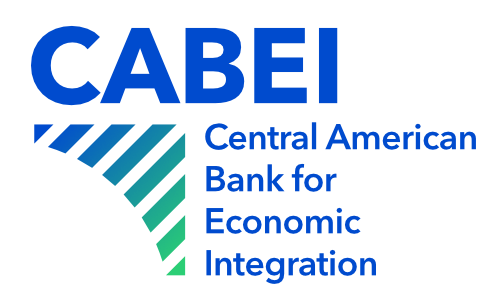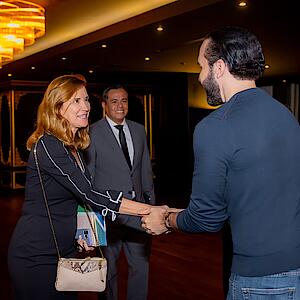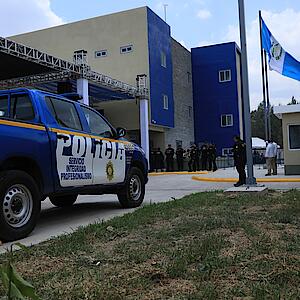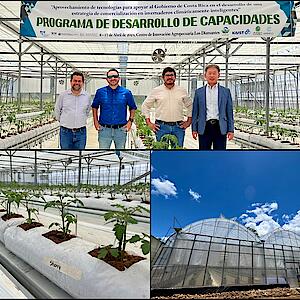CABEI places first stone in its new building in Nicaragua
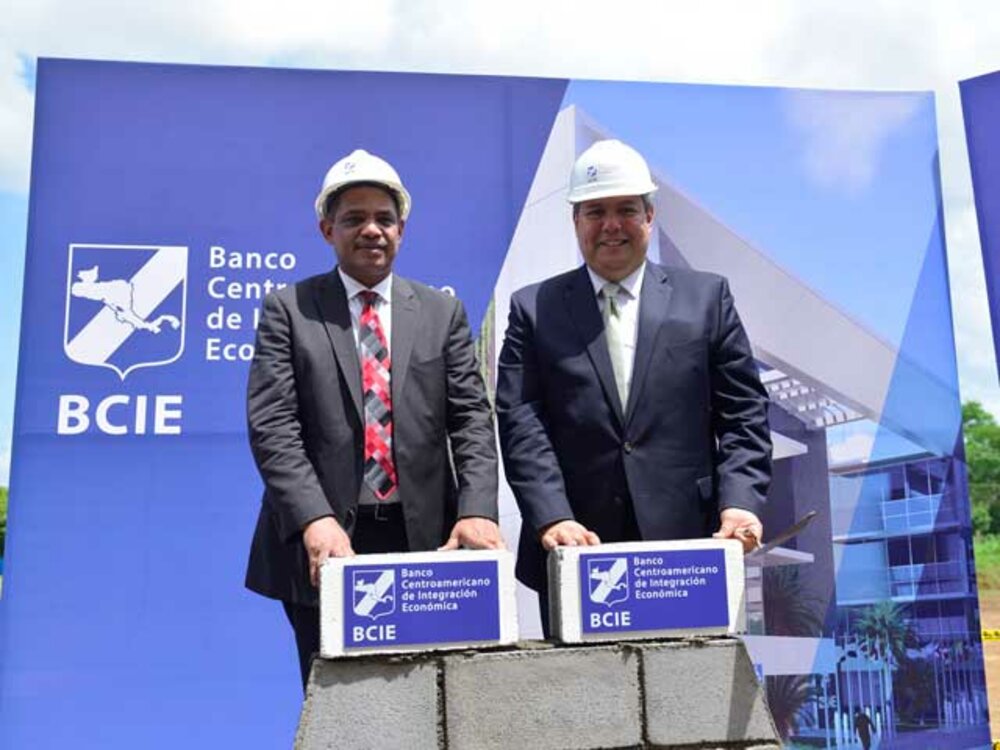
The building, which will be built in the Nicaraguan capital of Managua, is scheduled to open at the end of 2020.
Managua, October 9, 2019.- The Central American Bank for Economic Integration (CABEI), which is the most relevant multilateral development organization for the region, began the construction of its new building in the city of Managua.
The new building will be located in Distrito # 1, Camino Viejo to Santo Domingo, Municipality of Managua and was designed in compliance with environmental standards, especially those that meet the formal and functional characteristics for obtaining the LEED Gold certification, at a cost of US$16.5 million.
CABEI Executive President, Dr. Dante Mossi, led the ceremony of placing the first stone, along with CABEI Governor for Nicaragua and Minister of Finance and Public Credit (MHCP), Iván Acosta, and Architect Mario Sanson.
During the event, President Mossi ratified CABEI's firm commitment to the integration and economic and social development of its member countries. Likewise, the project represents an important contribution to the country's economic growth and employment opportunities.
Design
The new building will be constructed in an approximate area of 4,456.70 square meters distributed in meeting rooms, offices, parking lots, warehouses and other facilities necessary for the proper functioning of the Bank. It will have 6 levels (1 basement and 5 upper levels) and integrate the highest technology systems, including the BMS system, as well as feature an auditorium with a capacity of 200 people.
The building will have an access square, flanked on the east and west sides by wings of the C-shaped building, which will enable a spectacular handling of the building's shadows, leading to a sensation of "Tree Shadow." CABEI is that tree, its shadow shelters and protects the members of the region by promoting their balanced economic and social integration in order to improve the quality of life of their citizens. Furthermore, the Bank is an institution that promotes sustainable economic development while fostering environmental conservation and is governed by policies that promote the environment's protection, respect and care.
Sustainability measures foreseen in the project include a reduction in energy consumption, which is one of the biggest challenges and priorities set out in the project proposal. In this regard, at least 75% of the electricity bill is spent on Air Conditioning equipment, however if the thermal load inside the building is reduced and efficient equipment use is applied during cooler periods, the building's design will be efficient and streamlined. In order to reduce the thermal load, it has been proposed that instead of using excessively expensive materials and crystals for insulation, architectural options and interior space design should be taken into account.
